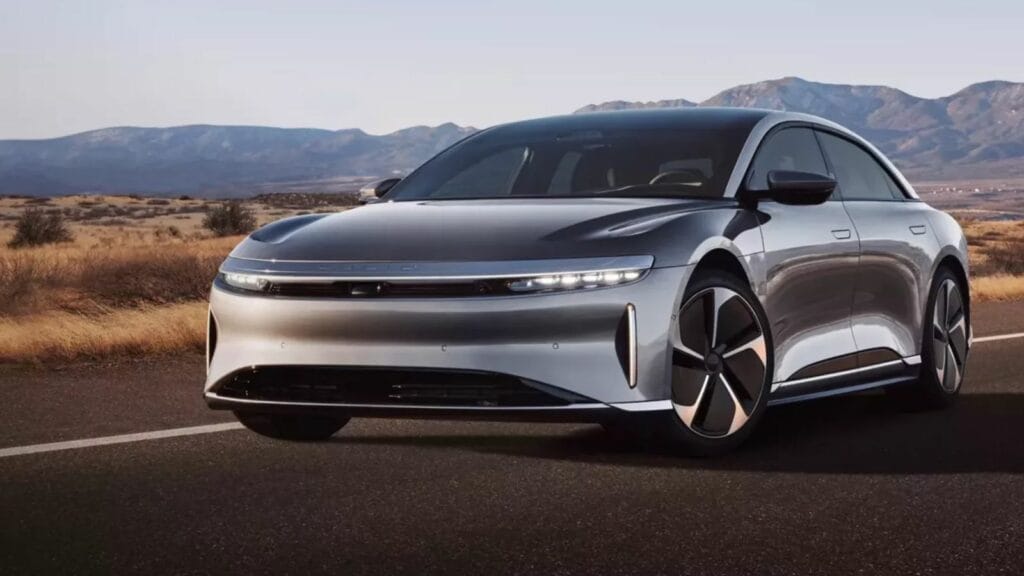Across Canada, automakers are sounding the alarm as tariffs, supply chain turmoil, and ongoing global unrest force delays, drive up prices, and strain dealerships from coast to coast. New vehicle arrivals are being postponed, inventories are shrinking, and sticker prices are quietly climbing, sometimes by thousands. For Canadian drivers, that means fewer choices, longer waits, and unexpected markups. These are 20 automakers warning of delays and markups across Canada:
Ford

Ford Canada has warned that ongoing tariffs and semiconductor shortages are creating severe delays for key models like the F-150 and Mustang Mach-E. Dealers are receiving fewer shipments, forcing waitlists that now stretch into mid-2025. Prices on the Bronco and Explorer have quietly increased by up to 8%, and Ford has signaled that more hikes could come if supply issues persist. With battery material costs also rising, even hybrid and EV buyers are not safe, as some dealers charge above MSRP to keep up with demand, leaving budget-conscious Canadians scrambling.
Toyota
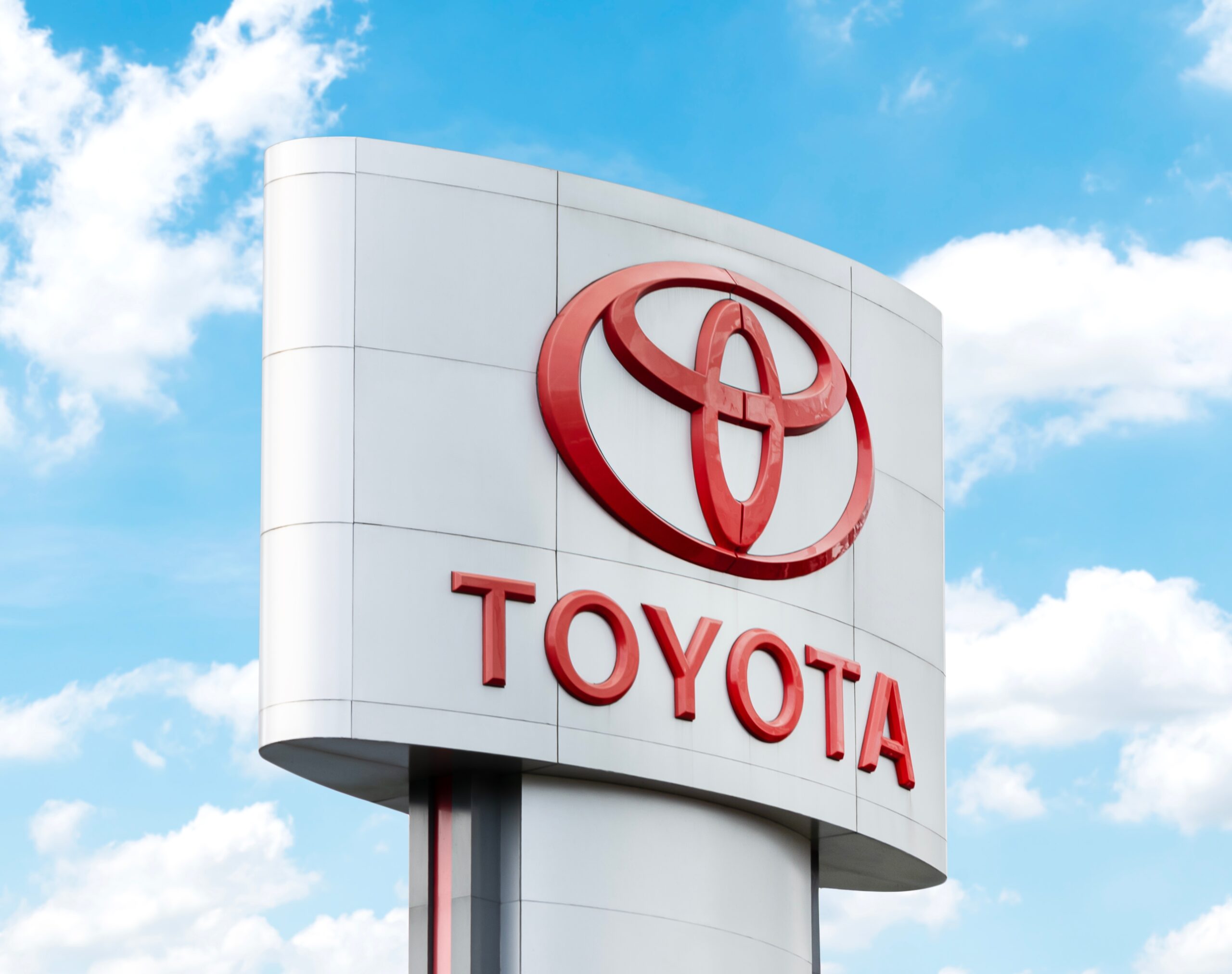
Toyota has been transparent about its struggles with production slowdowns and part sourcing issues. As a result, Canadian consumers are seeing extended wait times for popular models like the RAV4 Hybrid and Corolla Cross, with some delays exceeding 12 months. Tariff-related cost pressures are leading to incremental price increases, especially for hybrid trims. Toyota has also warned of ongoing disruptions tied to overseas suppliers, meaning some trims could be temporarily unavailable.
General Motors (Chevrolet, GMC, Buick, Cadillac)

GM is grappling with tariff-induced price increases on key components and materials, particularly for electric models like the Chevrolet Bolt and Cadillac Lyriq. In Canada, this is translating into delays for new deliveries and sudden MSRP jumps of $2,000 or more on select trims. The Silverado and Sierra, which have been staples in rural and suburban markets, are facing longer delivery timelines and thinner dealership inventories. GM has also flagged potential further disruptions if trade tensions escalate, leaving many Canadians uncertain about the timing and affordability of their next vehicle.
Honda
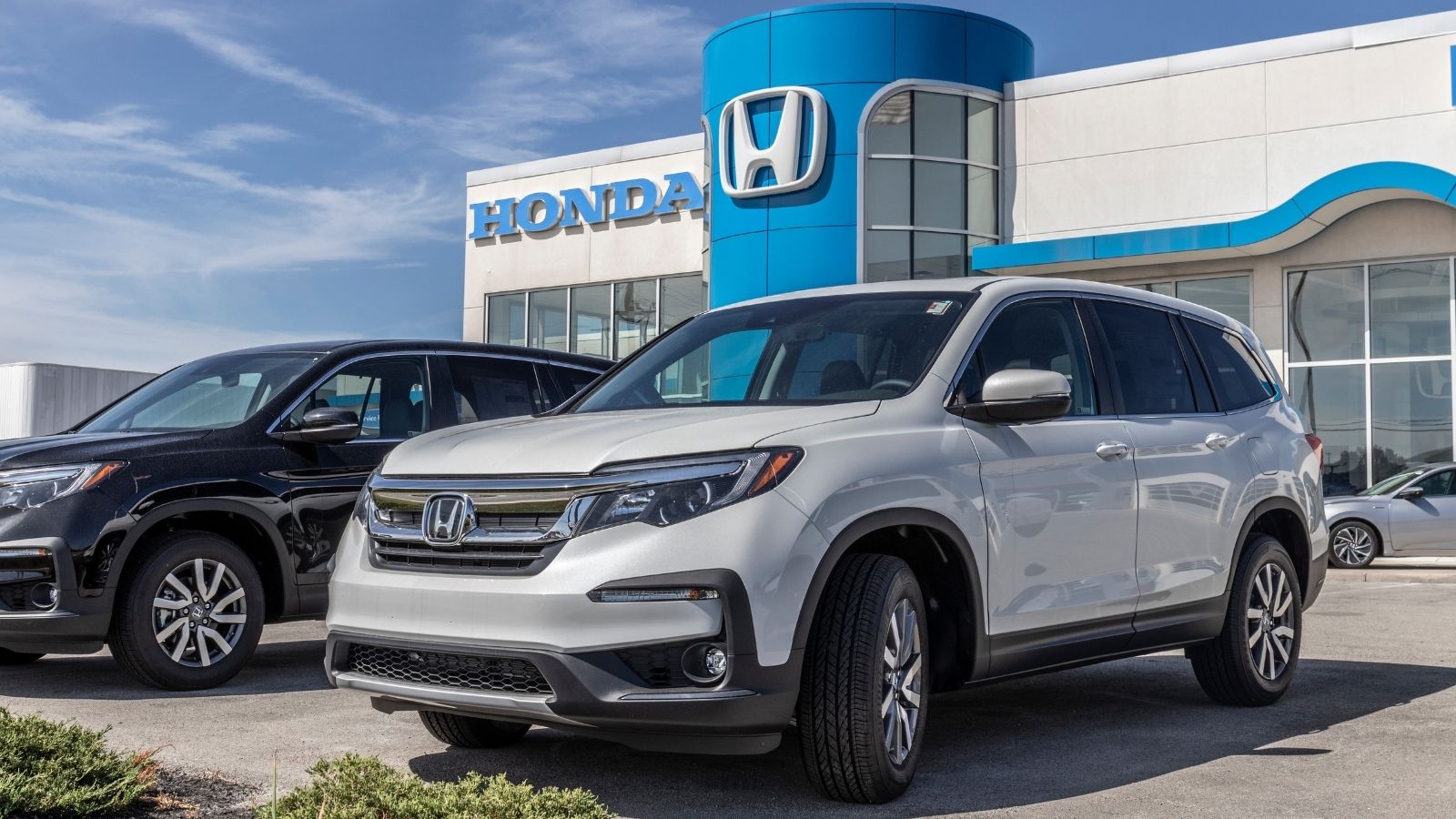
Honda Canada has issued multiple updates citing global logistics bottlenecks, especially for high-demand models like the CR-V and Civic. Dealerships across the country report receiving half their usual allotments, and buyers are experiencing 4–8 month delivery delays. The hybrid versions, in particular, are in high demand and short supply, and with tariffs inflating parts costs, Honda has raised Canadian prices incrementally, sometimes without prior notice. Many dealers now operate on a reservation system, and markups, though unofficial, are increasingly common in metro areas.
Hyundai
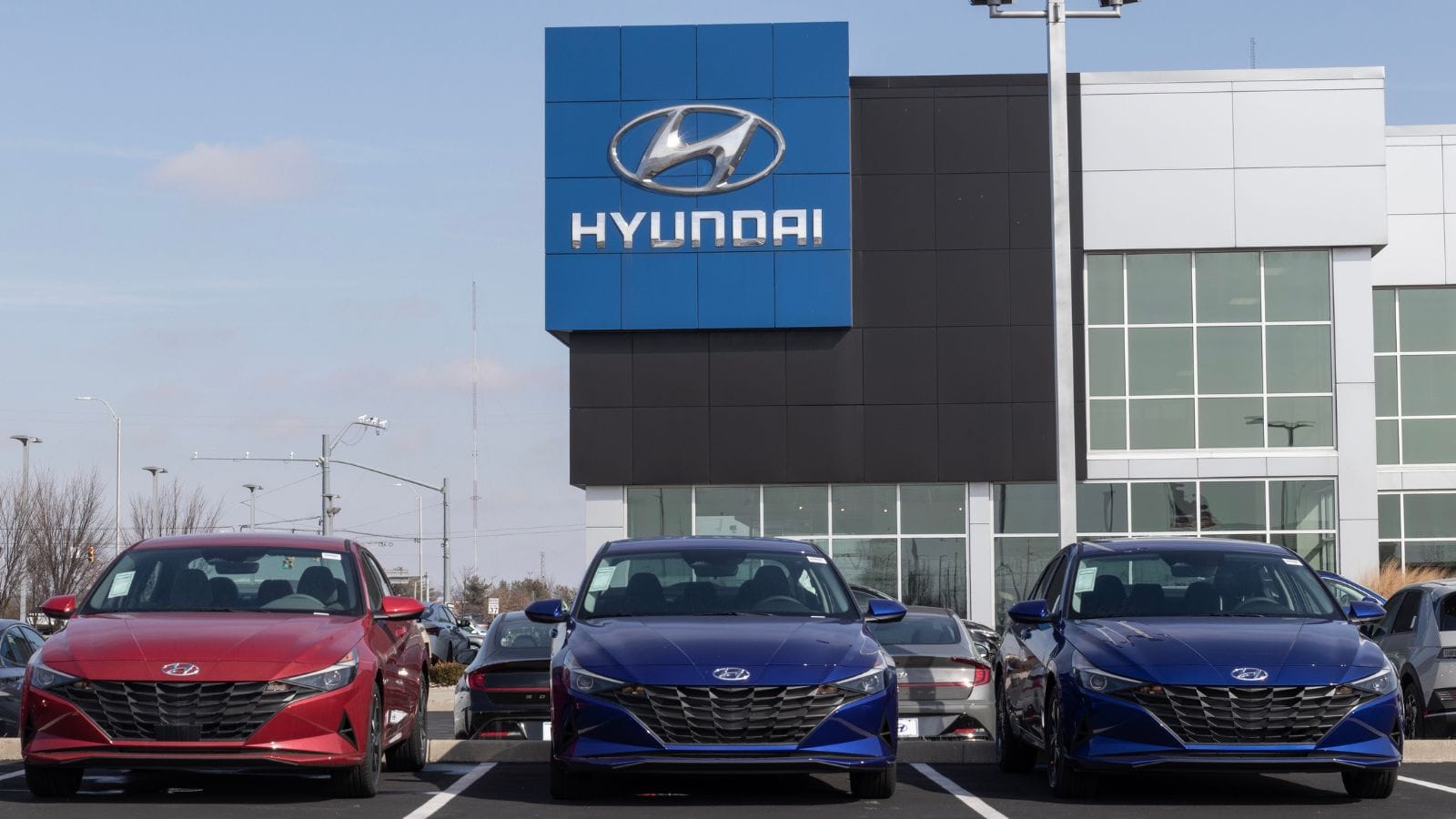
Hyundai has emerged as one of the hardest-hit non-luxury brands in Canada, with widespread delays affecting vehicles like the Tucson, Santa Fe, and Kona EV. The company attributes much of the disruption to rising freight and component costs, compounded by recent tariff measures. Some Canadian dealerships are quoting delivery estimates 6–9 months out, and select trims have already jumped by over $1,500. Hyundai’s transparency has helped ease frustration, but for consumers hoping to get into a new EV or hybrid, patience and a flexible budget are essential.
Kia
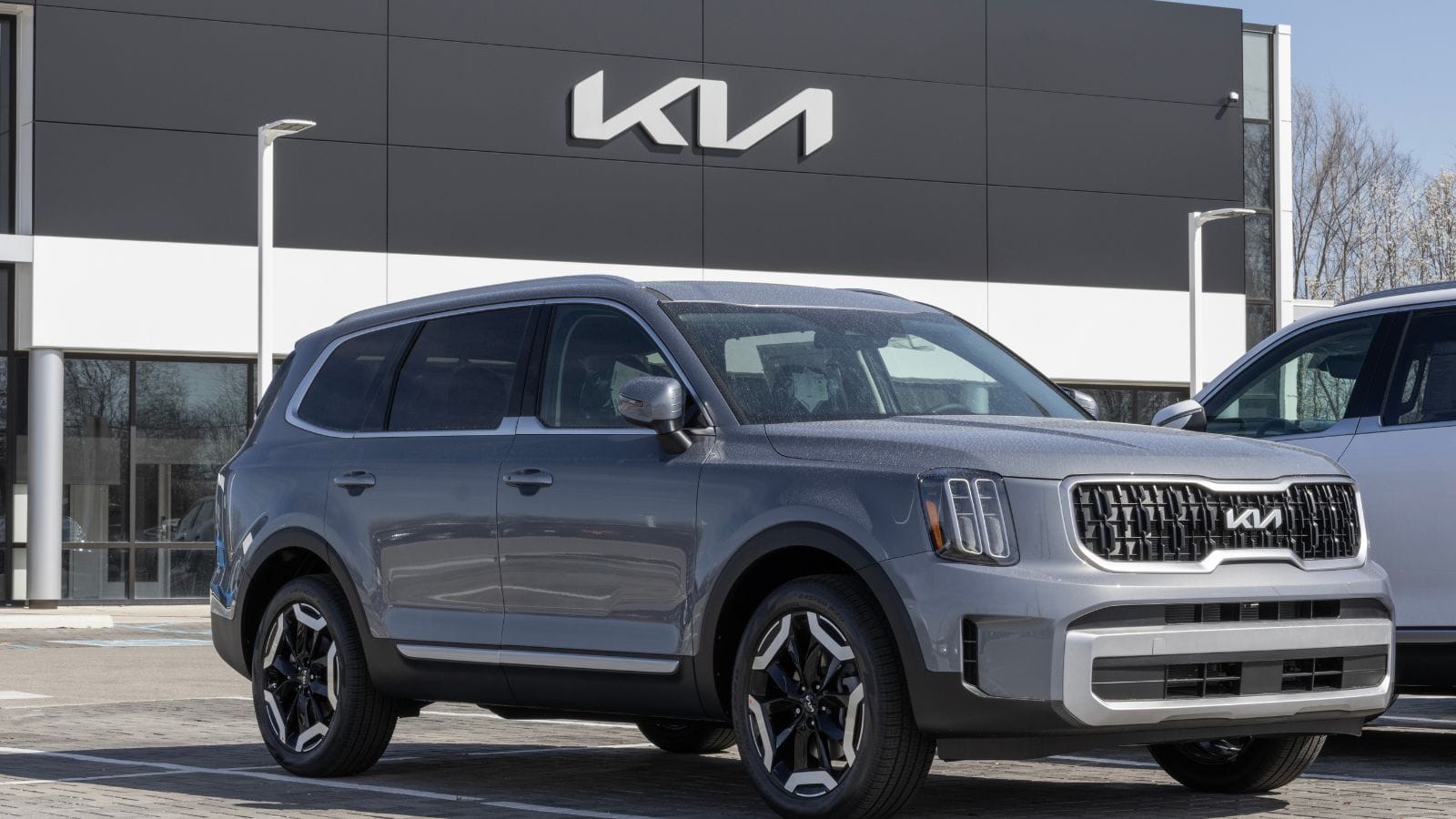
Kia has struggled with sporadic shipments and increased production costs that are directly impacting Canadian pricing. Models like the Sportage and EV6 are facing availability issues across major provinces, while several trims have been pulled or temporarily delayed for the Canadian market due to supply constraints. Although Kia has worked to streamline logistics, tariffs and part shortages continue to complicate delivery timelines. Some models that were once reliable options for budget-conscious Canadians are now creeping into premium pricing territory.
Volkswagen

Volkswagen Canada is navigating one of its most volatile pricing landscapes in recent years. The ID.4 and Golf GTI have seen incremental price increases, and some configurations are now facing delays of 4-6 months. The automaker cites everything from battery sourcing issues to tariff-related component markups, and it has warned that additional price adjustments may occur by Q4 if trade conditions worsen. Dealers are also limiting inventory, focusing on high-margin trims, which means fewer options for those shopping entry-level models.
Subaru
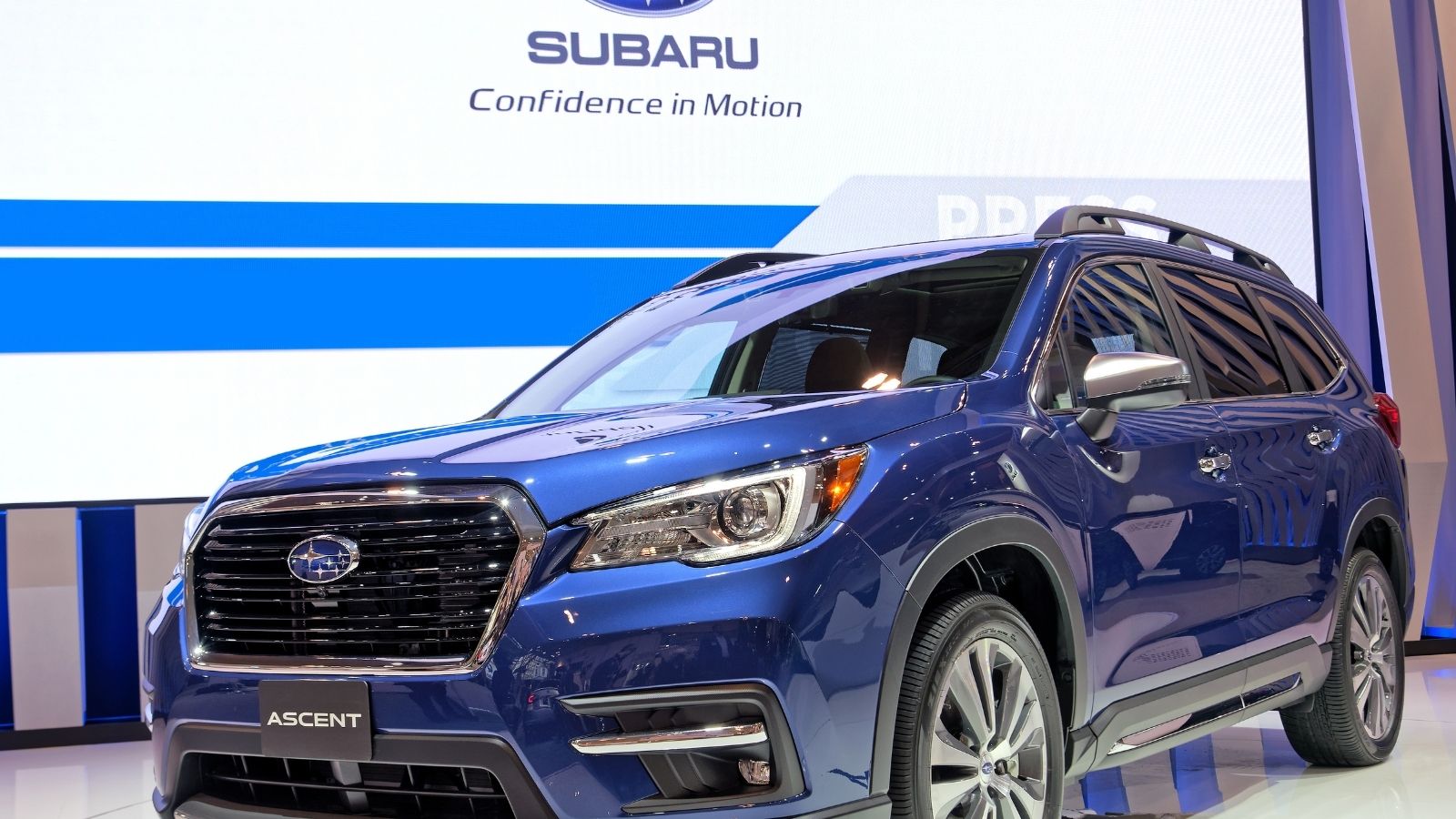
Subaru Canada has acknowledged that deliveries for models like the Outback and Forester have slowed considerably due to supply disruptions. While not as vocal as some competitors, the brand has allowed prices to climb modestly across trims, especially on all-wheel-drive variants, and dealerships in colder provinces are particularly affected, with winter-ready models now on extended waitlists. Subaru’s Japan-based production is feeling the ripple effects of North American tariffs, particularly in terms of aluminum and chip costs, making the wait and the bill longer than expected for Canadian families banking on Subaru’s reputation for reliability.
Nissan
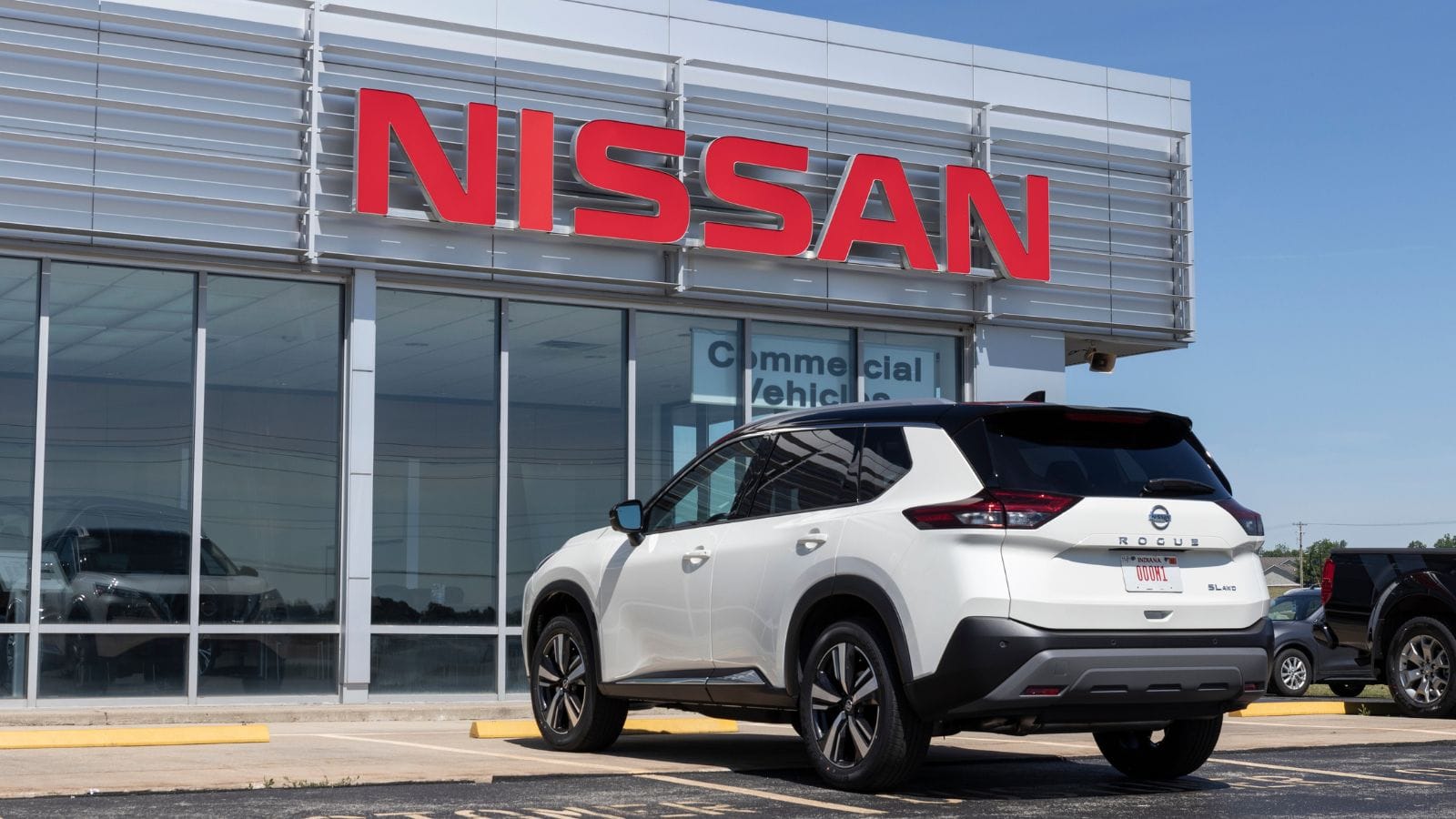
Nissan is facing challenges across its sedan and SUV lineup, with Canadian dealers reporting shrinking inventories and extended wait times on models like the Rogue and Sentra. The company has hinted that ongoing material costs and tariffs are making it harder to hold the line on pricing. The Leaf EV, once one of the more affordable electric options in Canada, has seen a bump in cost and a slowdown in availability. Nissan’s recent strategy has been to limit lower-margin variants in favor of premium trims, which is reshaping what affordable means to the average Canadian buyer.
Mazda
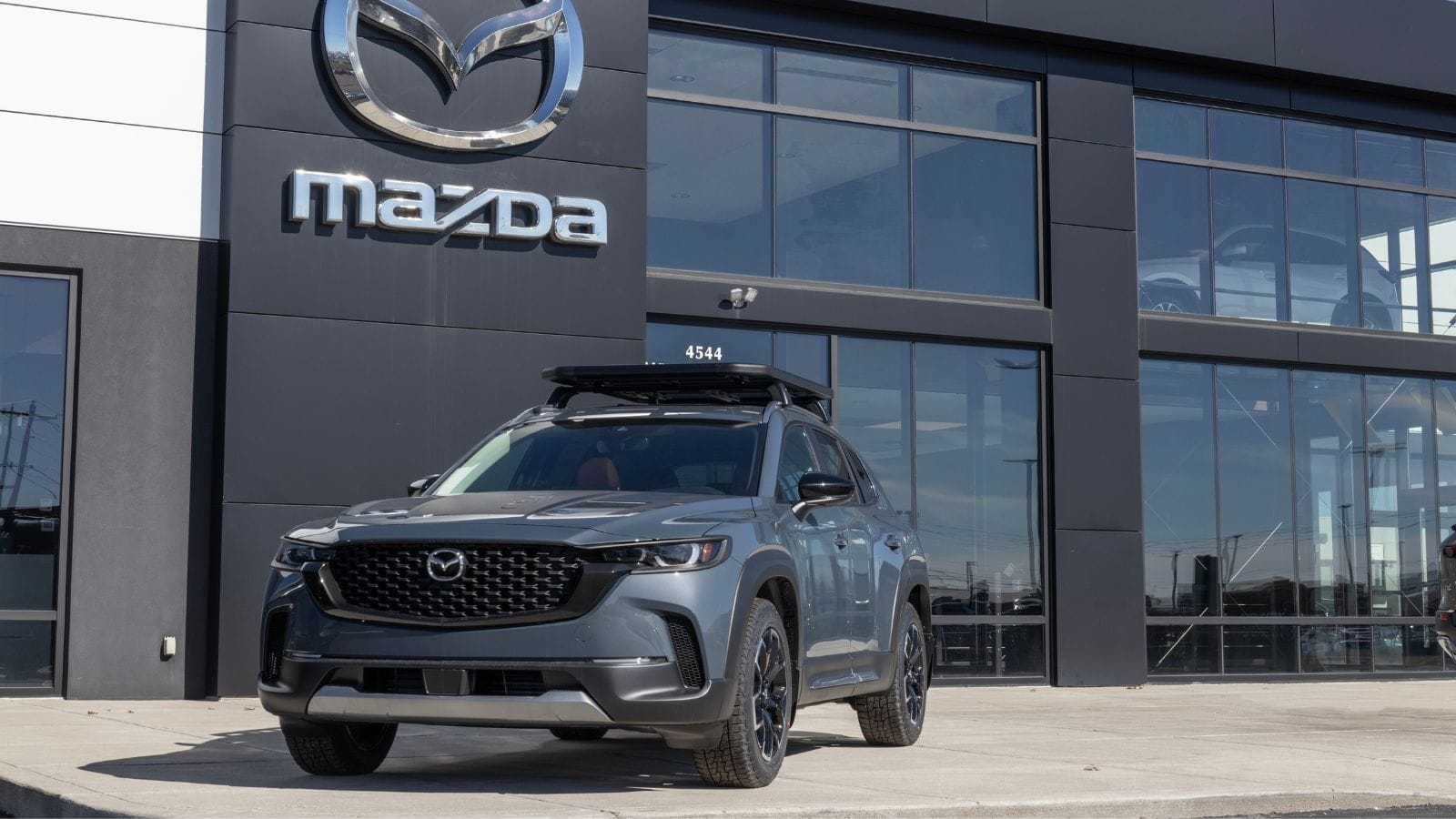
Mazda Canada is grappling with rising production costs due to aluminum and steel tariffs, which are now trickling down to consumers. Popular models like the CX-5 and Mazda3 are still available, but with fewer incentives and more limited stock. At the same time, dealers have reduced their inventory breadth, meaning that buyers looking for specific color or trim combinations often face months-long waits. Mazda has also been forced to increase MSRP by several hundred dollars across multiple models.
BMW
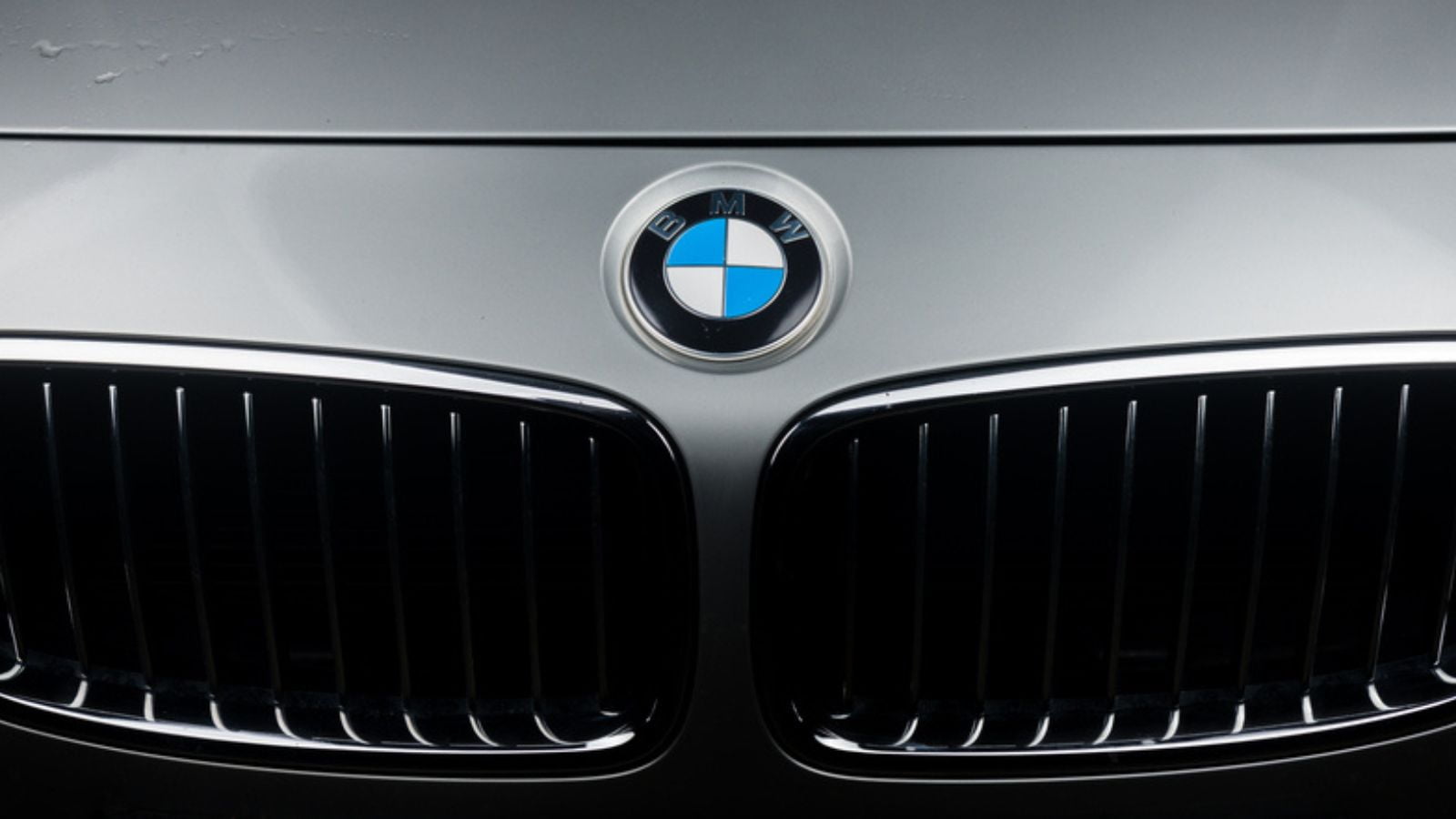
BMW Canada has flagged serious constraints on key models like the X3 and i4 due to tariff-related cost increases and global semiconductor shortages. Electric models in particular are bearing the brunt, with delivery wait times for the iX having exceeded six months in some provinces. Prices have risen across the board, often without advance notice, and options packages are being limited to streamline production. BMW’s premium image has not shielded Canadian buyers from the same pressures hitting mainstream brands.
Mercedes-Benz
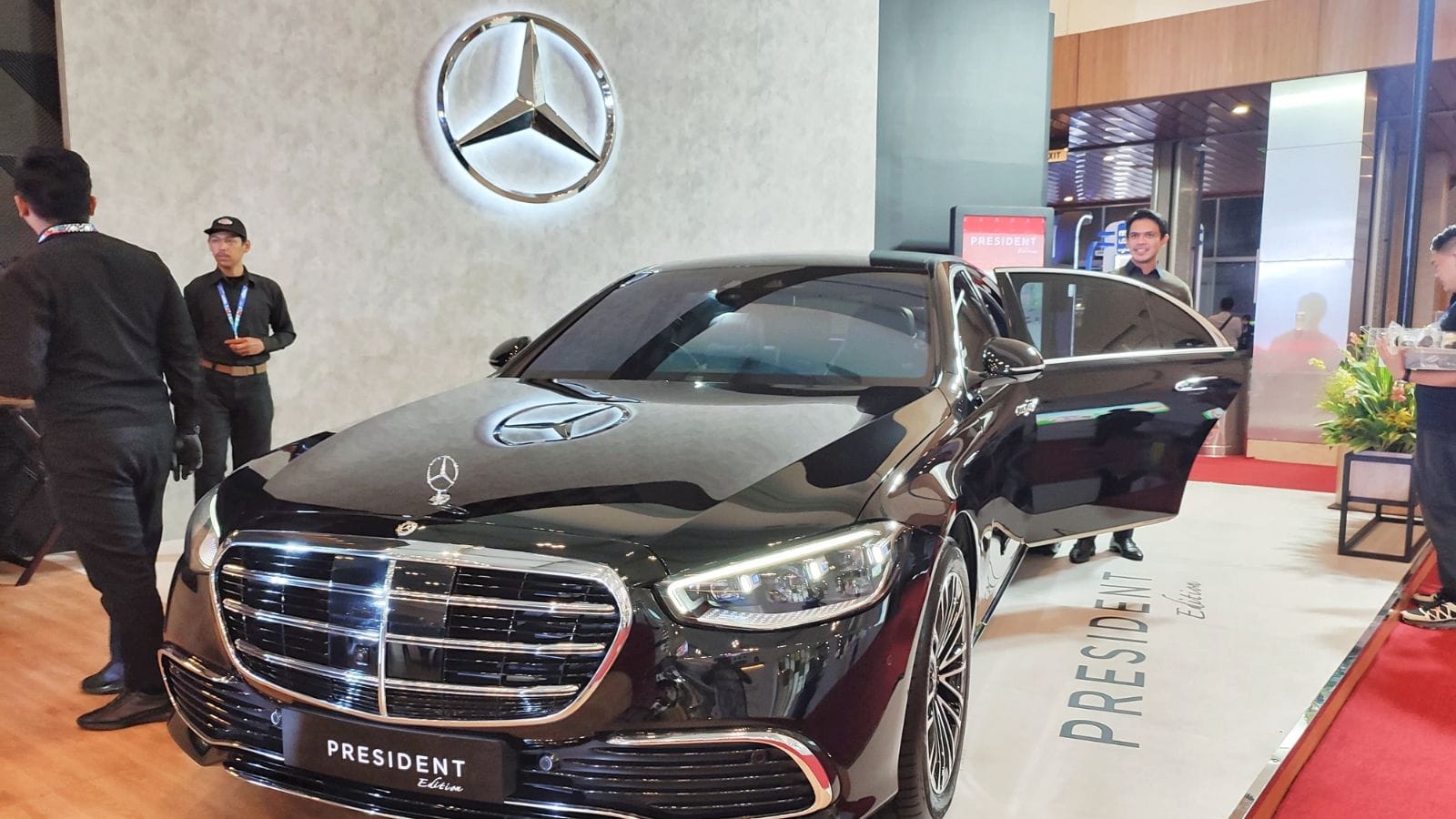
Mercedes-Benz is contending with steep import duties and fluctuating component availability, both of which are hitting Canadian pricing hard. Models like the GLC and EQS are arriving in fewer numbers, and some trims are being restructured to meet new tariff-related cost thresholds. Across the country, dealers are asking for deposits months in advance, particularly on electric or AMG variants, and meanwhile, base models have seen price hikes upwards of 5% since late 2024.
Audi
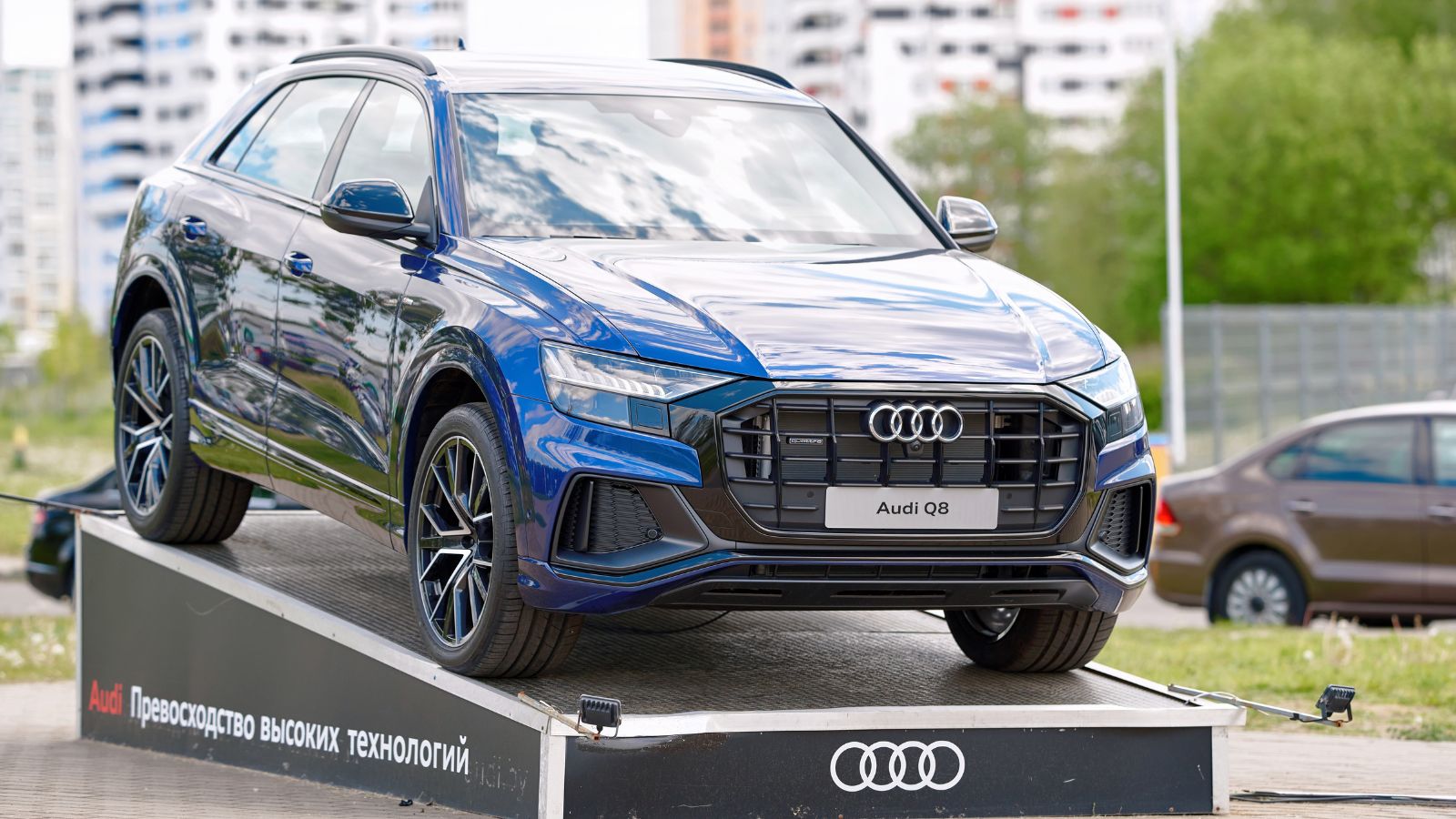
Audi Canada has warned of delivery disruptions tied to Europe-based supply bottlenecks and North American trade disputes. The Q5 and A4 are still moving through dealerships, but at lower volumes and higher prices. Tariff-related costs are pushing the brand to raise MSRPs on trims featuring advanced tech or imported powertrains. Even buyers opting for Audi’s hybrid or electric offerings like the Q4 e-tron are facing longer-than-expected delays.
Volvo
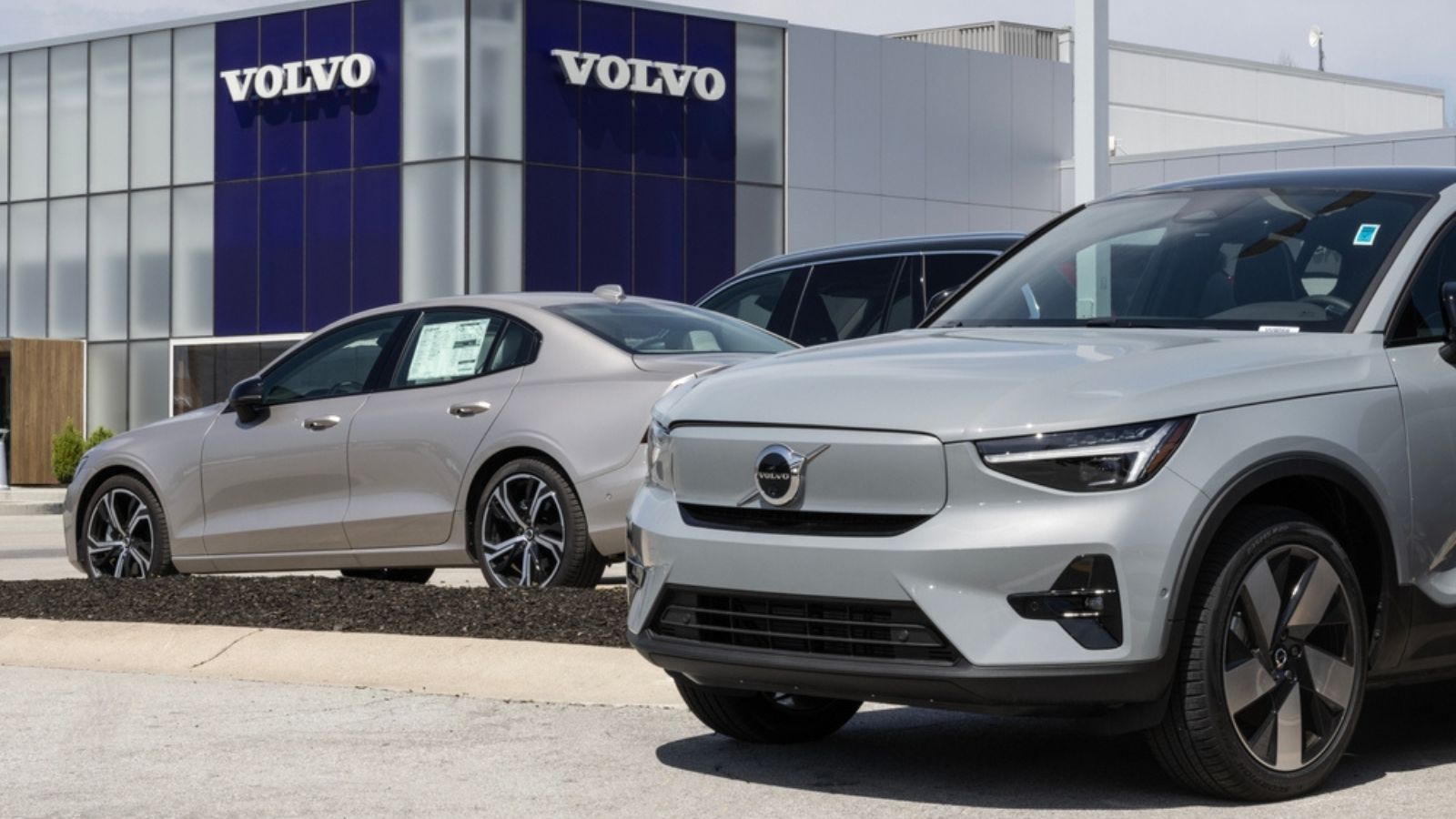
Volvo’s sleek Scandinavian lineup is no longer immune to global pressures. The automaker has issued warnings about supply shortages and increased import costs, especially for Canadian-bound XC40 and XC60 models. As the company shifts more production toward EVs, delays for gas and hybrid variants are growing, and tariff complications with Chinese-assembled components are also slowing down logistics pipelines. Volvo has begun rolling out price adjustments on nearly all trims, and some dealers are quietly trimming available configurations.
Lexus
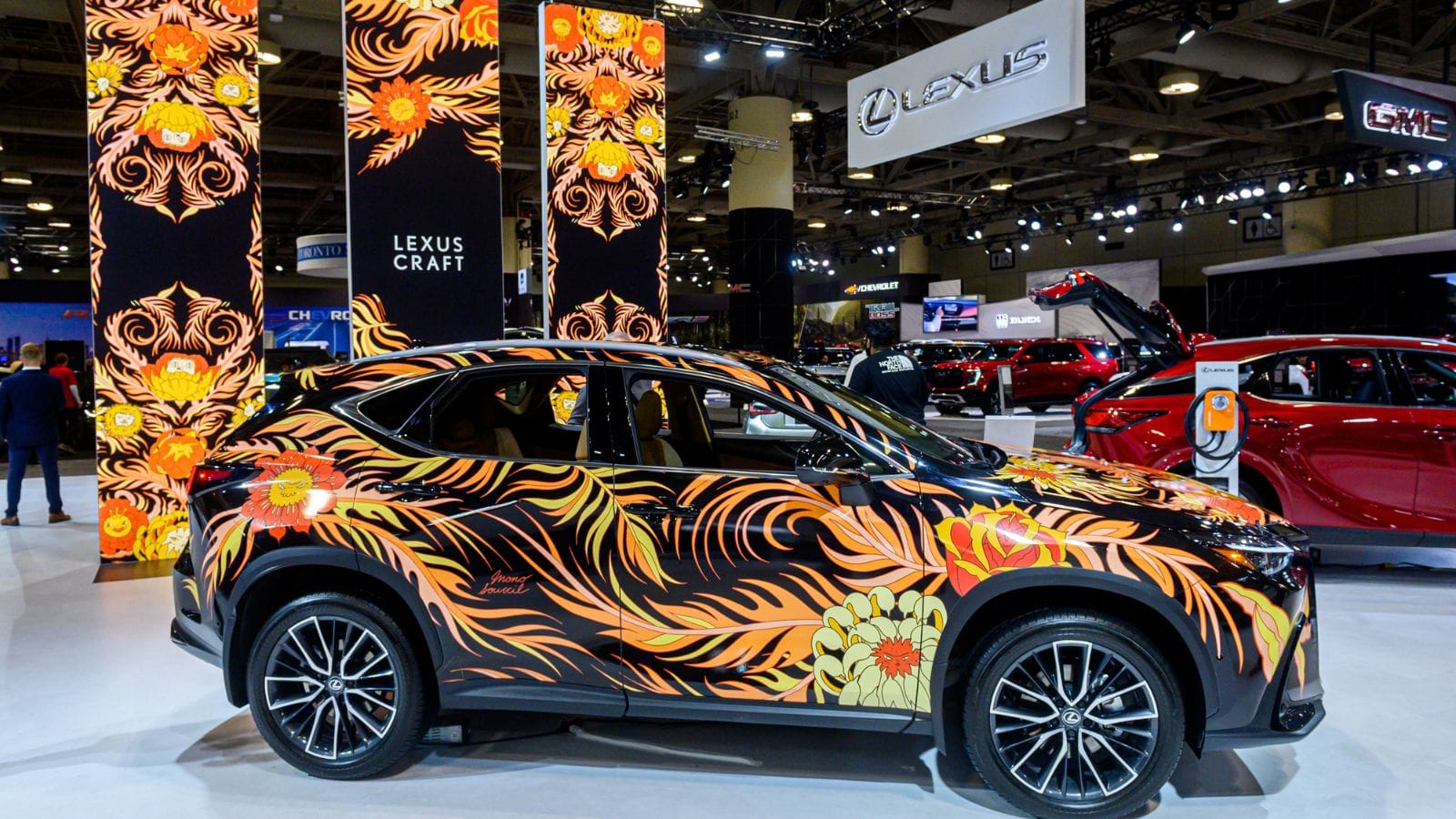
Lexus is now signaling pricing and availability concerns across Canada. The RX and NX hybrids are in such high demand that some buyers are facing waitlists stretching over half a year. Rising costs tied to lithium-ion batteries and aluminum tariffs are increasing sticker prices, especially for high-tech trims. Lexus has also begun shifting some production to avoid tariff hotspots, which has introduced further complications. While Canadian dealerships are doing their best to communicate changes, drivers looking for quiet luxury might need to make financial adjustments.
Tesla
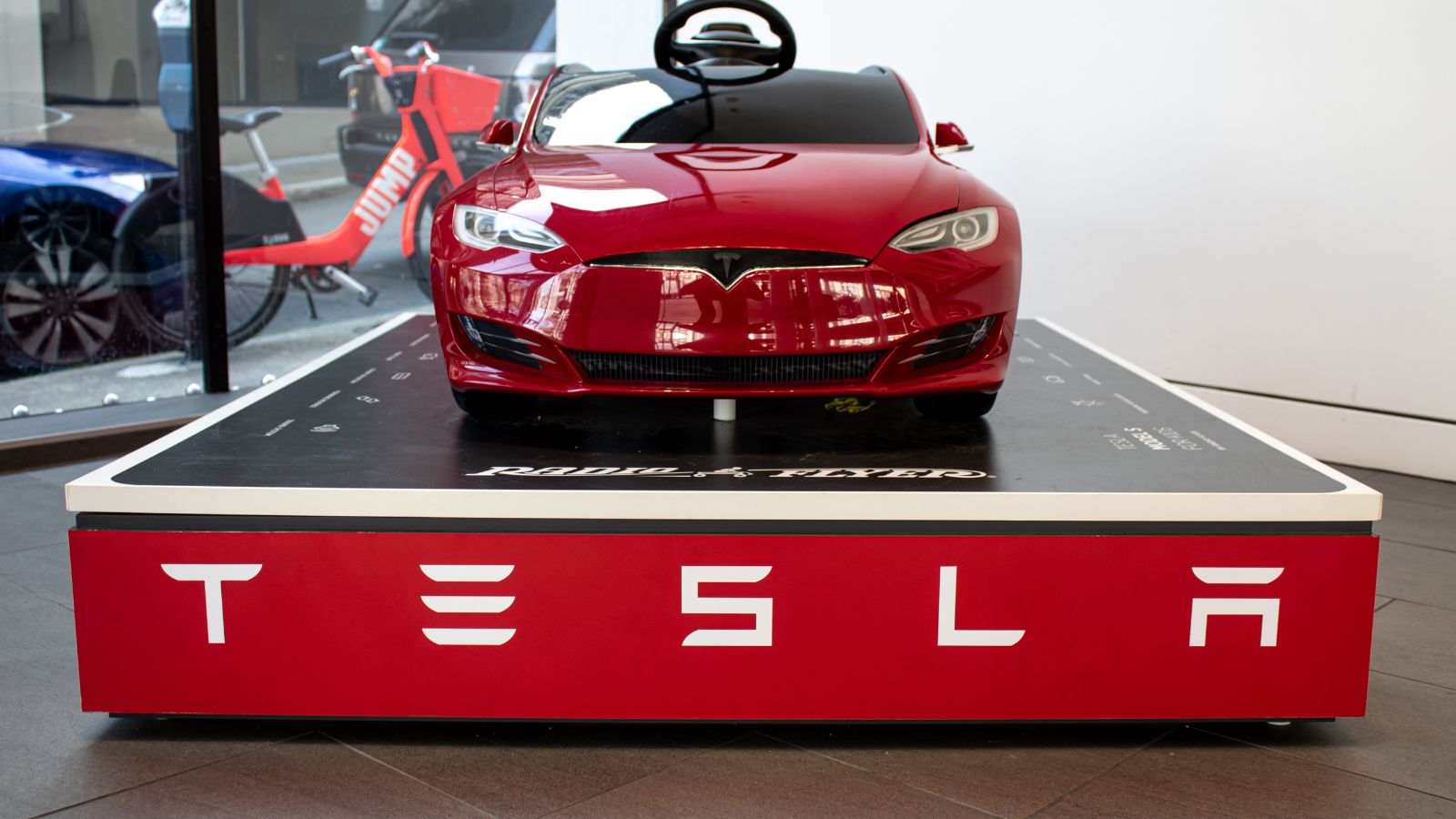
Tesla’s direct-to-consumer model has not shielded it from tariff impacts or global bottlenecks. Canadian customers are seeing delays on Model Y and Model 3 deliveries due to component shortages and increased battery costs. In 2025, Tesla quietly hiked prices on several trims, citing both global inflation and new cross-border duties. Tesla’s ordering system still promises delivery estimates, but buyers are finding reality often falls weeks or months behind.
Jeep (Stellantis)
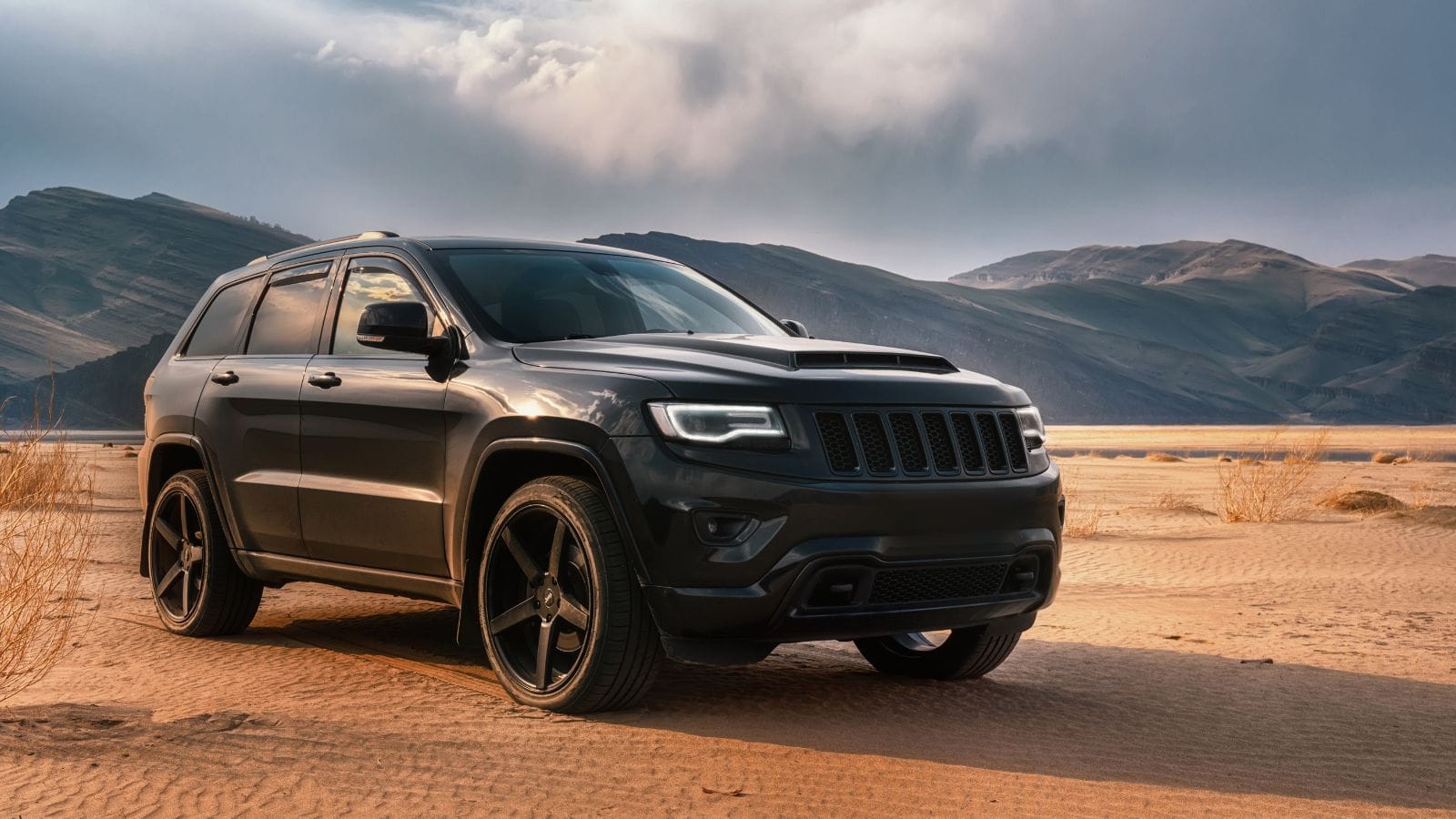
Jeep has been vocal about the complications tariffs are causing for production and pricing in North America. The Wrangler and Grand Cherokee, both staples in Canada’s rural and off-road communities, are arriving late and priced higher. Material and shipping costs have surged, and Stellantis has warned that more increases are likely if cross-border policies are not stabilized. Canadian dealers are seeing a shift in allocation, with lower-trim models being deprioritized in favor of profit-heavy versions, which means fewer affordable options for adventurous families, and a growing divide between Jeep’s rugged image and its premium-level pricing.
Porsche
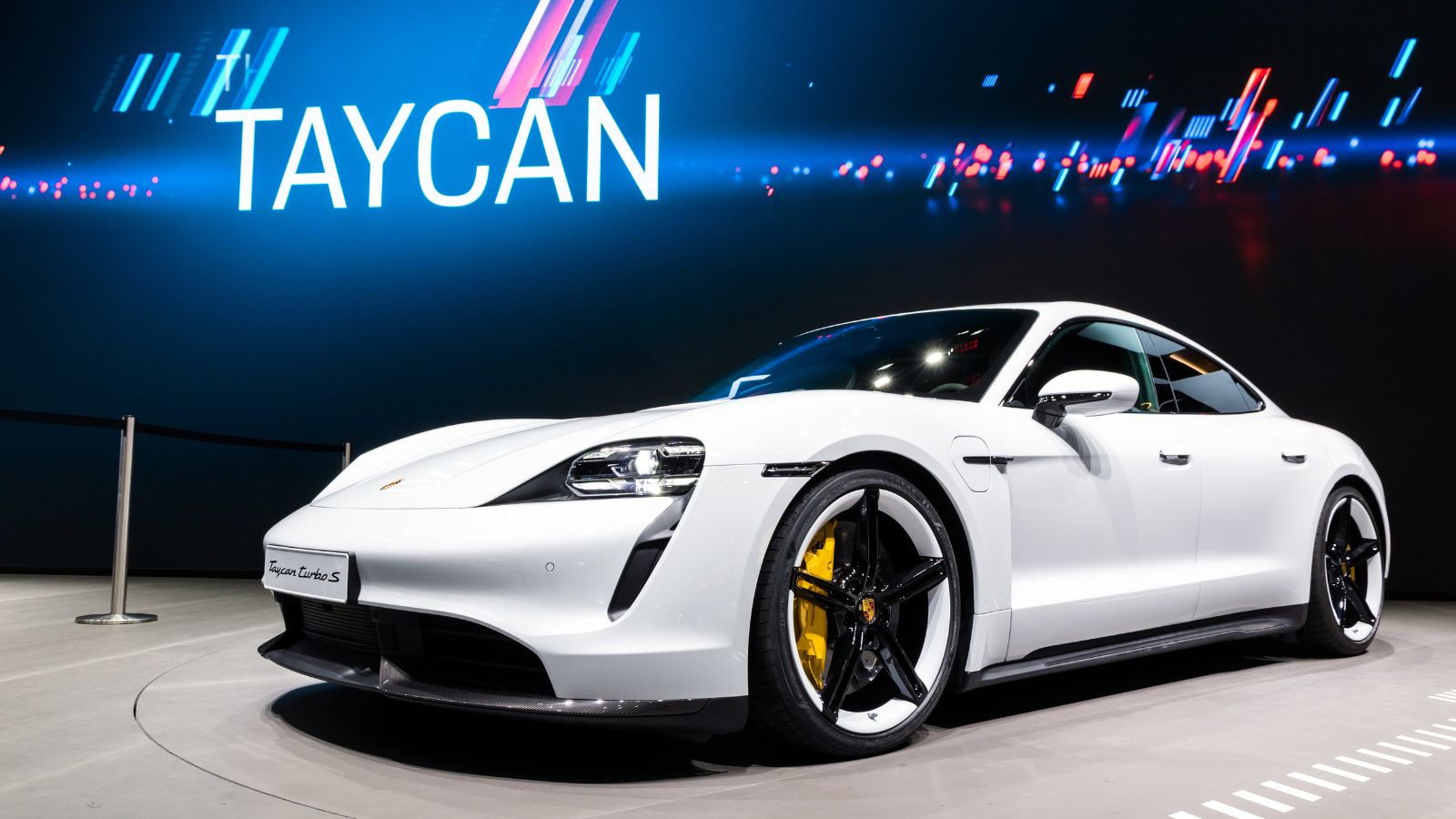
Porsche’s performance-focused lineup isn’t immune to rising costs and delayed timelines. Canadian buyers waiting for the Taycan or Macan EV are experiencing months-long delays as battery components face sourcing challenges. Tariffs on German imports are also contributing to pricing jumps, especially on fully loaded trims, forcing Porsche to increase base prices across several models and reduce customization flexibility to manage logistics. While enthusiasts remain loyal, many Canadians are beginning to question whether the brand’s once-attainable prestige is drifting out of financial reach, at least until economic headwinds calm.
Rivian
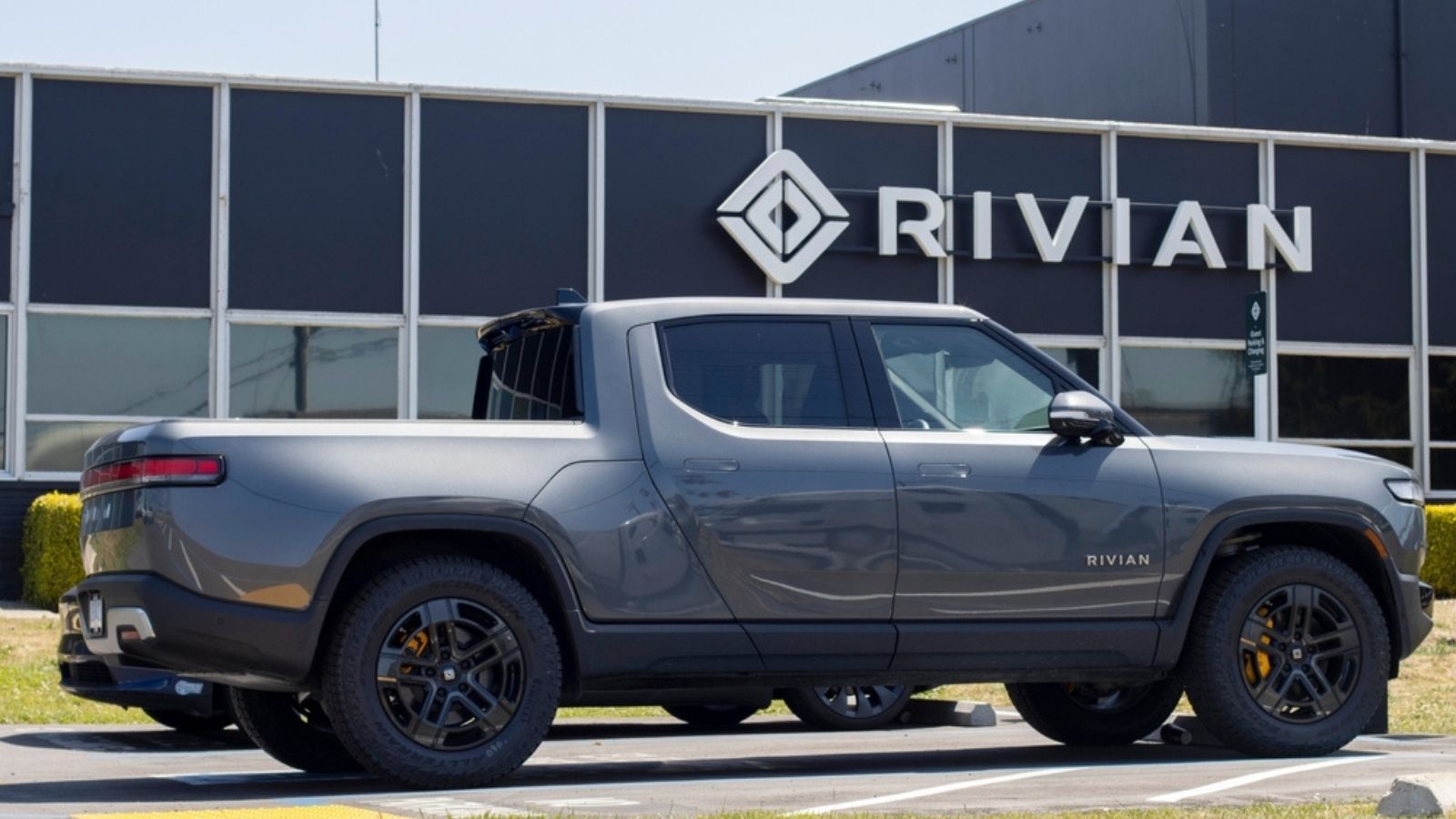
Rivian, a rising EV player, is struggling with Canadian delivery timelines. The R1T and R1S have become desirable among eco-conscious drivers, but battery and tariff-related parts delays are hampering rollout efforts. The company has acknowledged that it is prioritizing U.S. orders while Canadian buyers are left waiting and paying more. Rivian’s vehicles have already seen notable price increases in Canada since 2024, and further hikes are expected if trade pressures continue.
Lucid Motors
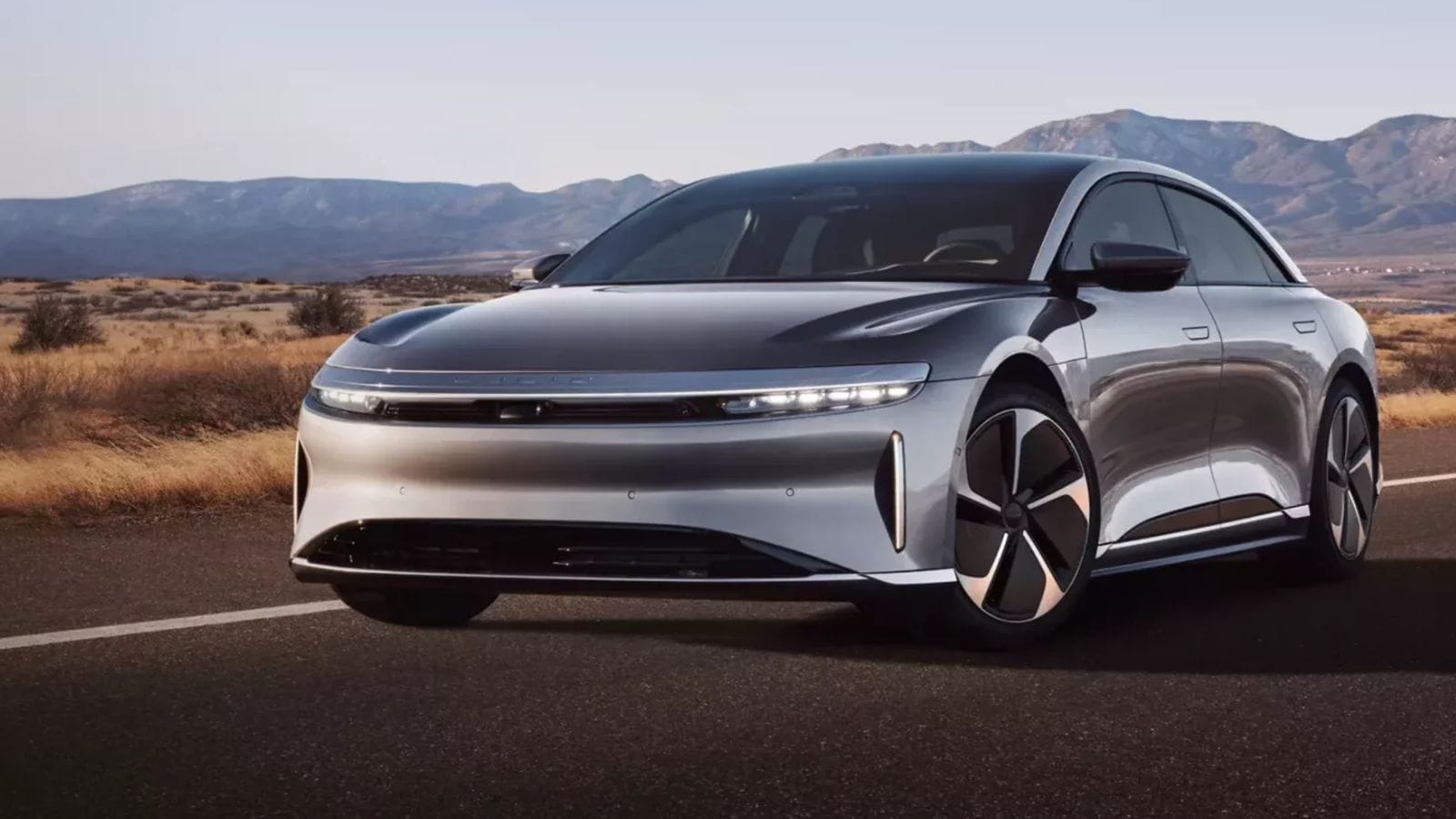
Lucid’s luxury EVs are seeing increasing interest in Canada, but rising component costs and cross-border tariff challenges are slowing their expansion. Deliveries of the Lucid Air are being delayed, and recent price increases have taken this already high-end model even further out of reach for most Canadians. The company has stated that it is reevaluating its Canadian delivery strategy amid growing economic uncertainty. Still, for Canadians hoping to drive one of the world’s most advanced electric sedans, Lucid may remain more of a showroom dream than a garage reality.
25 Facts About Car Loans That Most Drivers Don’t Realize

Car loans are one of the most common ways people fund car purchases. Like any other kind of loan, car loans can have certain features that can be regarded as an advantage or a disadvantage to the borrower. Understanding all essential facts about car loans and how they work to ensure that you get the best deal for your financial situation is essential. Here are 25 shocking facts about car loans that most drivers don’t realize:
25 Facts About Car Loans That Most Drivers Don’t Realize
